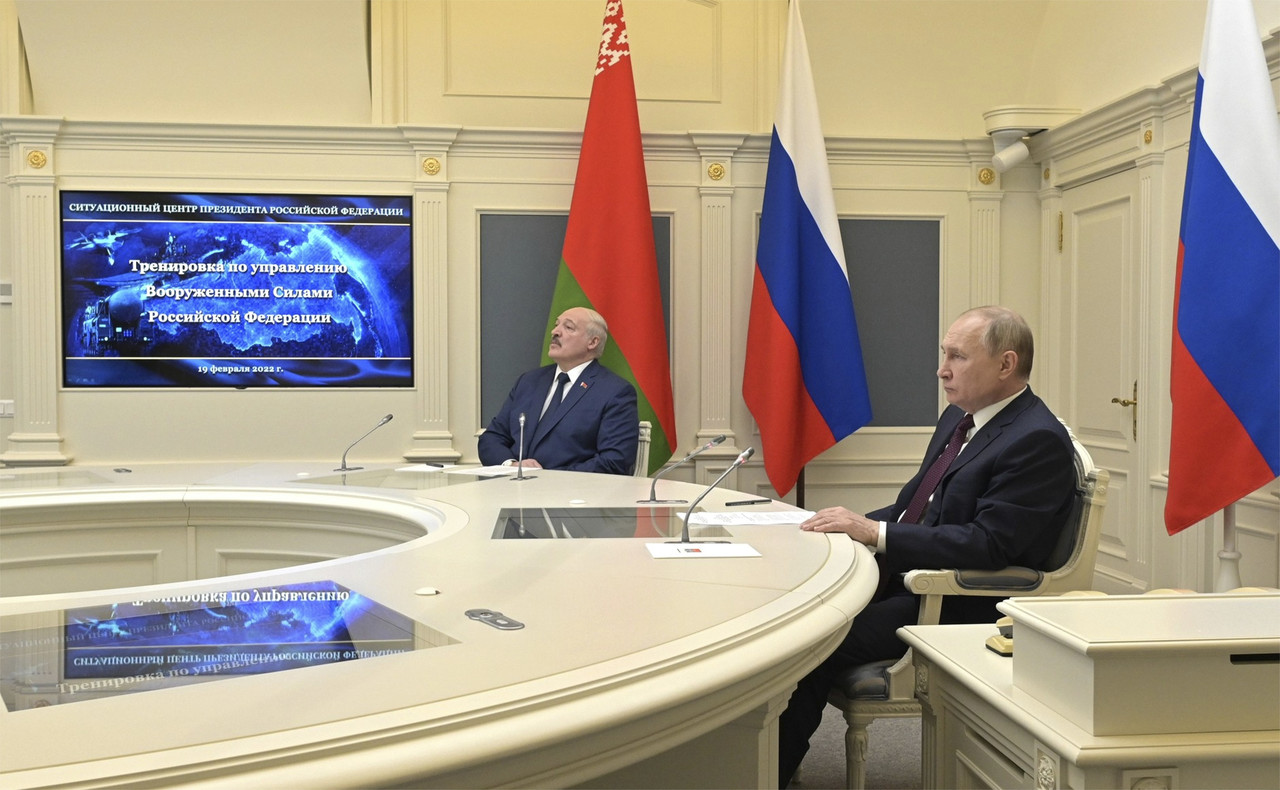NATO Nuclear Adaptation: Rationales for Expanding the Force Posture in Europe
Since 2014, NATO countries have made progress in strengthening Allied nuclear deterrence but should do more than they currently plan to increase the likelihood it remains effective in the future. While NATO’s nuclear deterrent is fulfilling its role today, the challenges it faces are growing. Already in the late 2020s, several factors may come together that increase the risk of Russia taking more aggressive actions against the Alliance than those to date.

Russia is intensifying its attempts to intimidate NATO countries with nuclear weapons. If Russia wins or even avoids defeat in its war against Ukraine, it may be encouraged to continue to use nuclear threats as a tool to support aggression. NATO’s deterrence of Russia will be complicated by the growing danger of U.S. involvement in a conflict with China. In such a situation, Russia might miscalculate about the U.S. willingness to risk nuclear escalation in Europe and other NATO members’ determination to defend each other. A war in the Indo-Pacific or advances in Russian capabilities might also limit the availability of parts of U.S. intercontinental nuclear forces for contingencies in Europe.
Given these risks, NATO countries should expand nuclear forces in Europe to demonstrate their resolve and resilience to nuclear threats more clearly and strengthen NATO’s ability to respond to a limited nuclear attack.
The first step should include the increase in the number of countries possessing F-35 aircraft certified for delivery of U.S. nuclear bombs, and preferably also hosting the latter. The involvement of Poland in nuclear sharing, as one of the NATO member states most at risk of Russian aggression, would have high political significance. It would also broaden the Alliance’s options to conduct a nuclear mission.
NATO countries should also deploy more capable and survivable regional-range nuclear delivery systems, which will be a more time-consuming step.




(2).png)
(1).jpg)